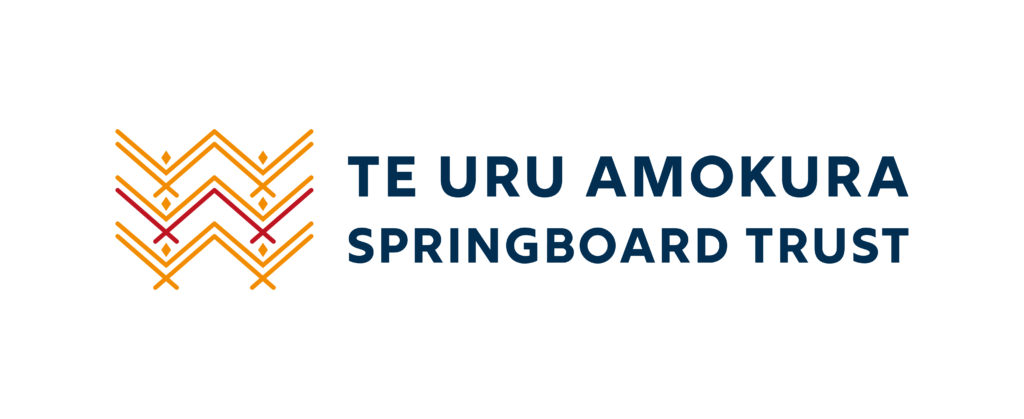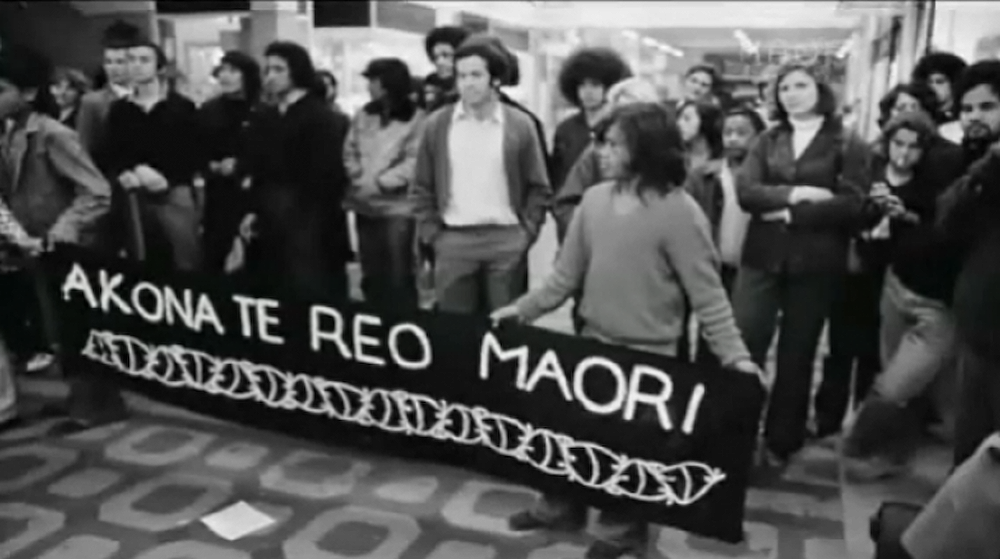Every year since 1975, Te Wiki o te Reo Māori has run in September, providing a platform upon which we can all celebrate the fantastic language.
But how much do we know about its origins?
Today we’re going to look at a critical moment in the history of Aotearoa, that gave rise to Te Wiki o te Reo Māori as we know it – the Māori Language Petition of 1972.
Header image via Te Ao Māori News.
A date to remember
On September 14, 1972, representatives from Māori language groups brought a petition to parliament that would transform how the country treated reo Māori.
Up to that point, reo Māori faced huge challenges. There had been a dramatic reduction in the number of New Zealanders speaking te reo over the previous 50 years, but the spark of resistance grew bright within those language groups.
Three primary groups played a part in the petition – Ngā Tamatoa, the Te Reo Māori Society from Te Herenga Waka, and Huinga Rangatahi. These groups met regularly, usually in a tertiary education context, to promote te reo Māori and actively revitalise its use.
Professor Rawinia Higgins, Deputy Vice-Chancellor (Māori) at Victoria University, noted in a 2017 feature that this was in many ways a movement built out of nothing.
“Māori university students from across the country came together with the petition to raise critical awareness about the lack of te reo Māori in schools, and I think what’s significant about that is many of these students were first or second generation urban-migration Māori, many of whom had no te reo Māori in their whānau and this was their call to arms to rectify language loss in their whānau.”
And the call to arms was heard far and wide. As many as 33,000 people signed the petition, which was presented by these groups some 49 years ago, sparking massive change in how Aotearoa treated the language of its indigenous people.
The impacts of the 1972 petition
The most immediate impact in the public eye was the establishment of Māori Language Day that year – September 14 – which was expanded to Te Wiki o te Reo Māori in 1975.
In the years to follow, a whole host of revitalisation work took place – Kura Kaupapa (Māori immersion schools) and the first bilingual school in Ruatōki were established, and there was a greater proliferation of te reo Māori in the media..
Progress has, of course, been slow – the first Māori language radio station came about in 1983, and it wasn’t until 1987 that Te Ture mō te Reo Māori/The Māori Language Act made reo Māori an official part of Aotearoa and established Te Taura Whiri o te Reo Māori/the Māori Language Commission.
But every year we celebrate, and every year we continue to give life to te reo Māori. This week please join us in doing just that – karawhiua!









